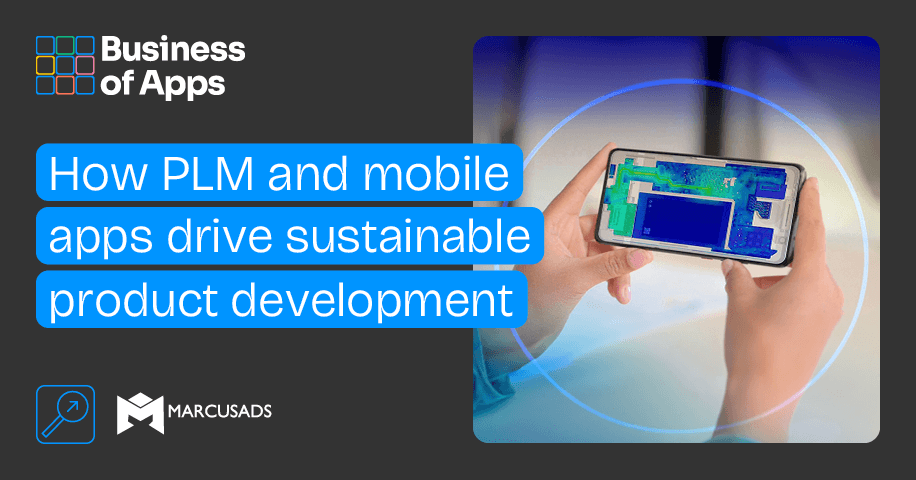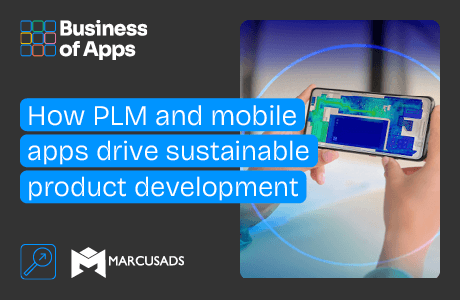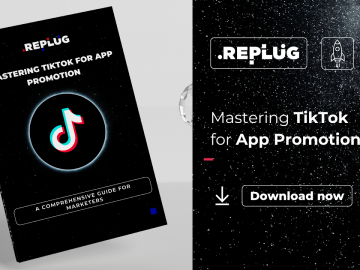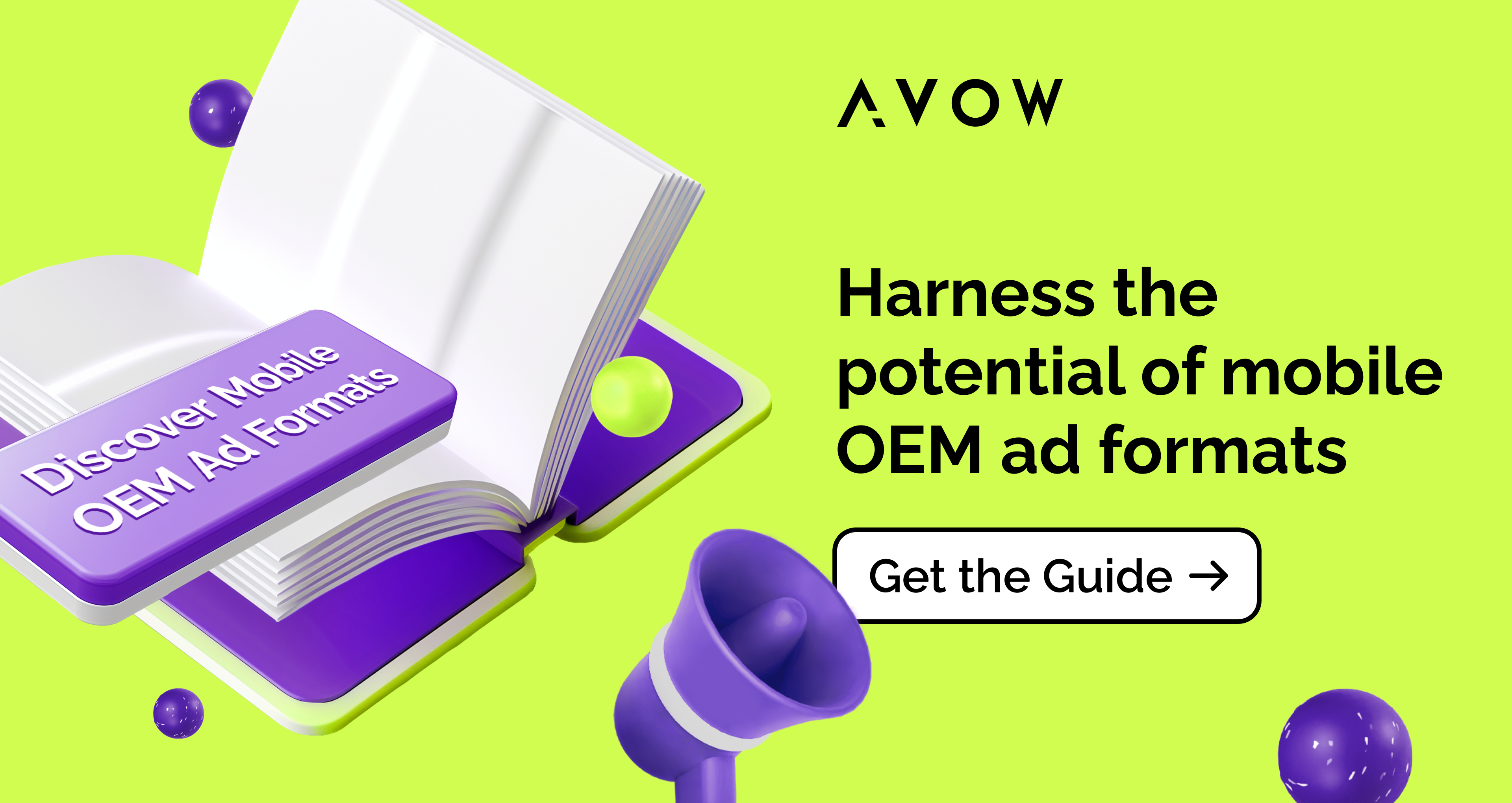
In today’s rapidly evolving market, sustainability is not just a buzzword—it’s a necessity. Businesses are increasingly expected to not only deliver high-quality products but also to do so in an environmentally responsible manner. Enter product lifecycle management (or PLM, for short) and mobile applications, two powerful allies in the quest for sustainable product development.
Understanding PLM and its role in sustainability
Product Lifecycle Management (PLM) is essentially the backbone of modern product development. It involves managing the entire lifecycle of a product from inception through engineering design and manufacturing, to service and disposal. The goal is to streamline processes, enhance collaboration, and ultimately, deliver products that meet or exceed customer expectations.
But PLM isn’t just about efficiency; it’s also about making informed decisions that contribute to sustainability. By integrating environmental considerations into every stage of the product lifecycle, PLM helps companies identify opportunities to reduce waste, improve energy efficiency, and choose sustainable materials. The result? Products that are not only innovative and effective but also environmentally friendly.
The mobile app revolution in PLM
With the advent of mobile technology, businesses are experiencing a transformation in how they manage product lifecycles. Mobile apps are no longer just tools for communication or data access; they are becoming integral to PLM systems.
Imagine a scenario where your team can access product design specs, collaborate on changes, and track sustainability metrics—all from their smartphones or tablets. Mobile apps make this possible by offering real-time access to PLM data, no matter where team members are located. This flexibility means that decisions can be made quickly and based on the most up-to-date information.
Synergizing mobile apps and PLM for sustainability
The combination of PLM and mobile apps creates a synergy that drives sustainable product development in several key ways:
- Enhanced collaboration: Mobile apps enable teams to collaborate in real-time, regardless of their physical location. This means that sustainability considerations can be integrated into product development from the outset, as stakeholders can review and provide feedback on environmental impacts instantaneously.
- Real-time data access: With mobile apps, teams have access to live data on product performance and sustainability metrics. This allows for timely adjustments to be made during the development process, ensuring that products adhere to sustainability goals.
- Streamlined reporting: Mobile apps simplify the process of tracking and reporting on sustainability metrics. This is crucial for meeting regulatory requirements and for communicating sustainability efforts to customers and stakeholders.
- Improved decision-making: By having access to comprehensive PLM data on their mobile devices, teams can make more informed decisions. They can evaluate the environmental impact of different materials, assess the efficiency of manufacturing processes, and ensure that sustainability goals are met throughout the product lifecycle.
Real-world examples
Several companies are already harnessing the power of PLM and mobile apps to drive sustainability. For instance, leading apparel brands are using mobile PLM systems to monitor and manage their supply chains more effectively. By doing so, they can ensure that their products are made from sustainable materials and that their production processes are environmentally friendly.
Another example is in the electronics industry, where companies use mobile apps to track the energy consumption of their products in real time. This data helps them make improvements to reduce the environmental impact of their products and meet stringent energy efficiency standards.
Looking ahead
As technology continues to advance, the role of PLM and mobile apps in sustainable product development will only grow more significant. Companies that leverage these tools effectively will not only improve their environmental footprint but also gain a competitive edge in an increasingly eco-conscious market.
In conclusion, PLM and mobile apps are transforming the way businesses approach product development. By integrating these technologies, companies can drive sustainability from the design phase through to production and beyond. It’s an exciting time for innovation, and those who embrace these tools will lead the way in creating a more sustainable future.




